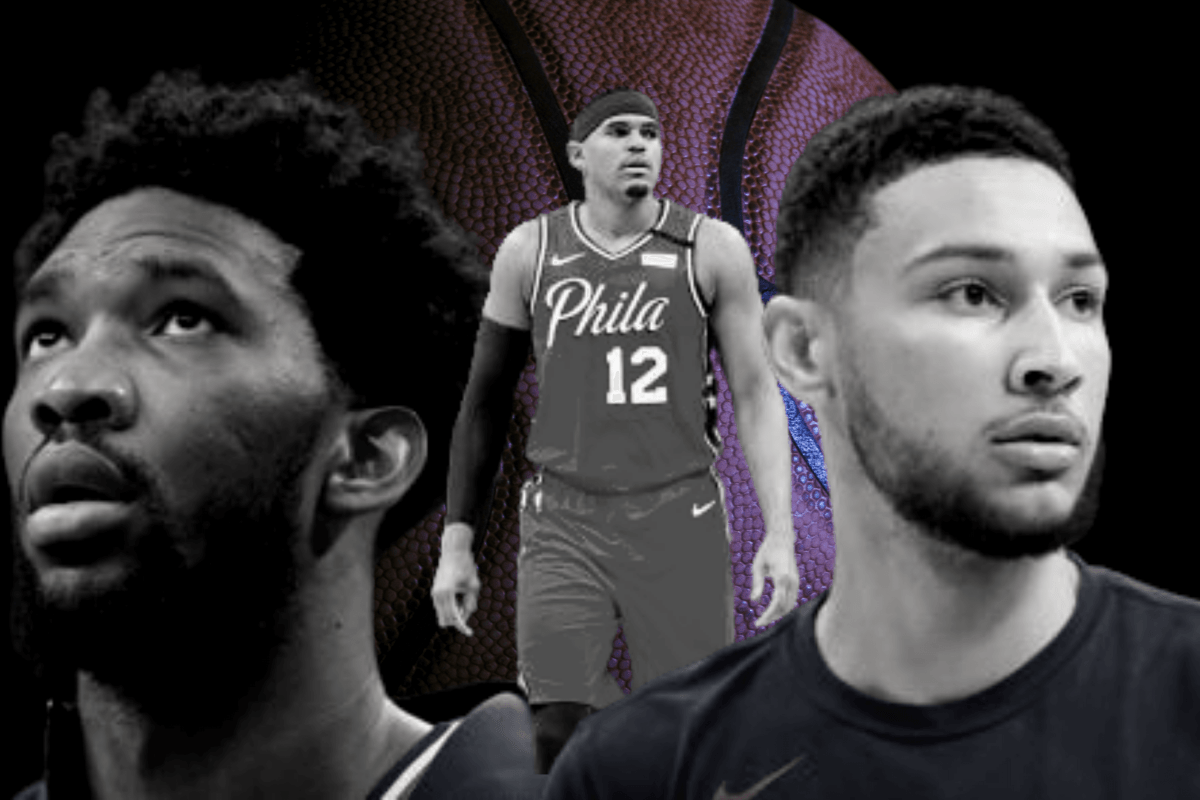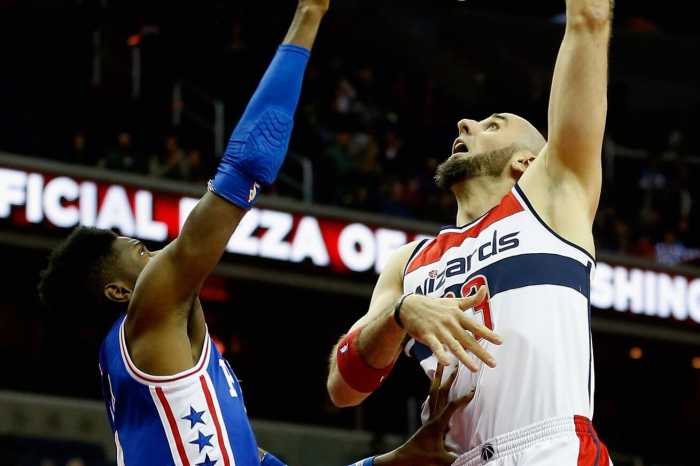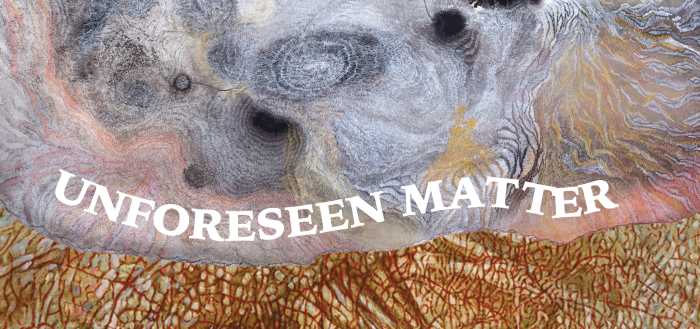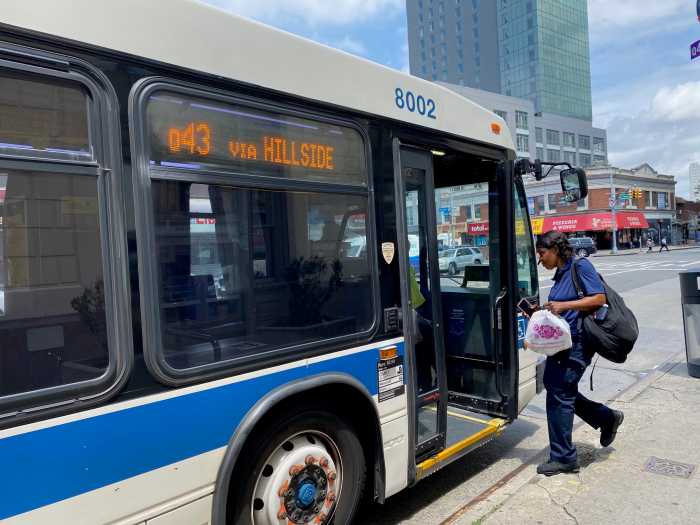It’s been 8 years since the beginning of The Process era and the Sixers are in a vastly better place than before it started.
“The Process” will always be one of the most controversial periods in sports history. The Sixers hit the reset button on their franchise and took an extreme theory of franchise-building that had never been seen before. While the concept of losing games for a better draft pick is nothing new, Sam Hinkie and the Sixers took this to lengths that ha don’t previously been seen.
Basketball Purgatory
In the era following the 2000-01 Finals run led by Allen Iverson, the Sixers were trapped in basketball purgatory. The Sixers had a winning record in just 4 of the following 12 seasons and had a winning percentage of 47.3% during this time. After finishing 6th and then 4th in the East the following seasons after the finals run, the Sixers went on to place 11th, 7th, 9th, 10th, 7th, 6th, 13th, 7th, 8th, and 9th over the next 10 seasons.
With the tandem of Jrue Holiday and Evan Turner simply not good enough to serve as primary stars, the Andrew Bynum saga fully unraveling, and the Sixers not performing poor enough to secure a high draft pick- the Sixers were stuck. After electing to move on from the brief stint of Tony DiLeo as General Manager, the Sixers looked to go in a different direction for the shaping of the franchise.
The Hinkie Era
On May 13th, 2013, Samuel Blake Hinkie became the 18th General Manager in Sixers franchise history. He was the third GM since Josh Harris had purchased the team and coined the phrase “Trust the Process” for his long-term hopes of building a championship contender. Hinkie was on the front line for the push of analytical-based decisions and used statistics as a baseline for all of his roster decisions.
The first major move that was made by Hinkie was trading all-star point guard Jrue Holiday for Nerlens Noel and an additional first-round pick. This began the trend of shipping off veterans for future draft picks which continued throughout Hinkie’s tenure.
In total there were 27 trades during Hinkie’s time as head coach. Through this process (no pun intended) the Sixers amassed a total of 26 picks (including their own) between 2013 and 2019. This included 12 first-round picks as well as a pick swap with the Kings. The team did not use all these picks as several were flipped to add a player or move up in the draft, but being able to stack up all these assets put the Sixers in a much better place as a franchise.
There were four dark years where the Sixers drew criticism for their lack of competitiveness. From 2013 to 2017, the Sixers had an impressive record of 75-253. This 22.9% winning percentage drew attention from national media and the 10-72 record that was seen in the 2015-16 season was the third-worst record in NBA history.
This era of Sixers basketball bred several players who otherwise may not have been given a chance in the NBA. Names like Robert Covington, Henry Sims, TJ McConnell, Jerami Grant, Hollis Thompson, Tony Wroten, and more were given a chance to showcase their abilities in a way that is almost never seen for unproven young players.
The Colangelo Era with Sixers
Hinkie’s process was ultimately rushed as many owners around the league and the NBA itself took issue with the Sixers’ continued poor placing. After starting the 2015-16 season with a 1-21 record, Jerry Colangelo was brought in as the Chairman of Basketball Operations and limited Hinkie’s control in the organization. By mid-season, Hinkie stepped down from his role with the Sixers in a legendary 13-page resignation letter chalked with intellectual quotes and discussed deep topics such as subconscious influences and various business principles.
Even the poor management of the Colangelo family was not enough to stop the momentum that Hinkie’s process had put in motion. The trade that will always stick with him was giving up the #3 pick (which became Jayson Tatum) and an additional first-round pick in order to move up and draft Markelle Fultz.
While Fultz was looked at as the missing piece for the Sixers, he ended up playing in just 33 games with the team- averaging 7.7 points, 3.4 rebounds, and 3.4 assists. This was not Colangelo’s only poor move while holding the reigns and it is also relevant to note the Sixers’ lack of luck in the lottery during this era- as they only ended up with the first overall pick once during this time (Ben Simmons pick).
Where Sixers Are Now
While the Process was not able to be fully played out in the way Hinkie fully imagined, it should still be deemed a success. The Sixers finished first in the East this year and registered their best winning percentage since the ’01 Finals run. Having locked down the easiest path through the playoffs possible, championship hopes for the Sixers are sky-high.
Even if the Sixers are not able to win a championship this year, it is clear the franchise is in a vastly better place than prior to Hinkie’s reign. The franchise has acquired far more talented cornerstone pieces in Joel Embiid and Ben Simmons who have each cemented themselves as top-15 Sixers of all time at the ages of 27 and 24. While the championship window is certainly open now, it should remain cracked for several more years.
The team was also able to leverage their assets into the acquisition of Tobias Harris who has not only become the team’s second leading scorer, but one of the premier voices in the locker-room as well.
In what could perhaps be a poetic ending, Daryl Morey took over this season as president of basketball operations. Morey was the biggest influence on Hinkie’s thought process as the two worked together in the Houston Rockets front office. Morey is not as extreme in his analytical perspective as Hinkie and is much more proven from a roster-building perspective, making him the right man for the job.
The Sixers’ success this season is proof of this as the team has been face-lifted from the awkward fitting roster that was seen last year to the most well-rounded team in the Embiid/Simmons era. The Process has been a test of patience, required a ton of buy-in, and ultimately the results are still to be determined. Regardless, it has shaped the franchise into what is seen today and provided hope for the future.
The future success has made every painful loss from the past few seasons worth it and shout out to everyone who has not stopped trusting it.



























